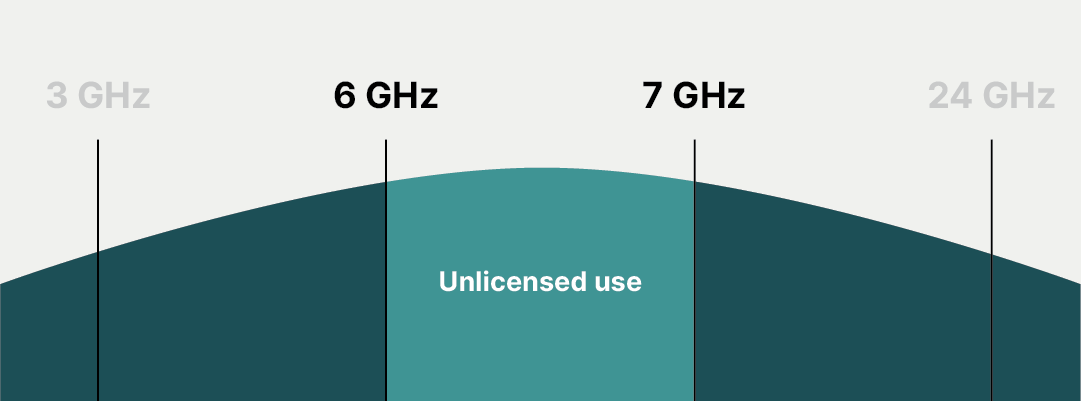FCC proposes rules for unlicensed use of the 6GHz band

In response to the demands of high tech companies for a more so-called “mid-band” unlicensed spectrum, on October 23rd the Federal Communications Commission (FCC) unanimously voted to propose making available up to 1,200 MHz of spectrum for use by unlicensed devices in the 6 GHz band.
“Unlicensed devices that employ WiFi and other unlicensed standards have become indispensable for providing low-cost wireless connectivity in countless products used by American consumers”, we read in the official statement. Unlicensed devices include WiFi routers, connected home appliances, fitness trackers, cordless landline phones and baby monitors.
On December 17th, the FCC released its NRPM (Notice of Proposed Rule Making) document, outlining the proposed rules for unlicensed use of the 6 GHz band.
New rules to avoid interferences
Since various parts of the 6GHz frequency range are already used by fixed, mobile, and satellite services, the FCC commits to protecting these incumbents, while at the same time opening the band to an increase number of unlicensed devices.
Concisely, the FCC wants to introduce four new unlicensed subbands, named U-NII-5 to U-NII-8.
In the case of U-NII-5 and U-NII-7 (respectively, 5.925-6.425 GHz and 6.525-6.875 GHz) a new scheme called Automated Frequency Control (AFC) will protect incumbent users (mostly point-to-point microwave links) from harmful interference.
Conversely, the U-NII-6 and the U-NII-8 subbands (respectively, 6.425-6.525 GHz and 6.875-7.125 GHz) should be only used indoors at a lower power level. In those portions of the 6GHz band, licensed mobile services such as the Broadcast Auxiliary Service and Cable Television Relay Service already operate.
“The Commission tentatively concludes that this two-class approach can expand unlicensed use without causing harmful interference to the incumbent services that will continue to be authorised to use this spectrum,” we read in the NPRM document. Moreover, The U-NII-5 band is currently under study by the European Commission for a possible expansion of WiFi bands in Europe.
The objective of the proposed new rules is twofold:
- To enable unlicensed devices to operate only on frequencies where the devices would not cause harmful interference to authorized licensed services
- To allow a more intense use of a valuable spectrum resource to benefit consumers.
Creating new opportunities for the future of WiFi
The Wi-Fi Alliance praised the results of the October 23rd vote, stating that “the demand for WiFi connectivity has increased manifold while unlicensed access to critically important mid-band spectrum has remained relatively unchanged.”
“Today, more than ever, WiFi is expected to deliver vast amounts of data traffic that comes with broadband services such as 5G,” said Alex Roytblat, Senior Director of Worldwide Regulatory Affairs at Wi-Fi Alliance. “Wi-Fi 6 is designed to support these growing data throughput requirements, and needs additional unlicensed spectrum access to accommodate wider channels and other technical innovations. That is why access to the mid-band, 6 GHz, unlicensed spectrum is so important to Wi-Fi’s future.”
According to Claus Hetting, Executive Director of the WiFi-NOW organization, “The amount of frequencies available for WiFi to operate in could more than double, possibly already by the end of next year. This staggering amount of new spectrum will likely spark a massive new growth cycle for the WiFi industry and allow consumers and businesses to apply low-cost WiFi technology to multitudes of new use cases.”
If you want to develop a WiFi project, our business consultants can help get you started and make the most out of it by understanding your business needs and guiding you through all the different features of the Tanaza platform, showing how they can help you to deploy a successful WiFi project.
